Funktionale Anforderungen
Produkteigenschaften müssen den geltenden Normen und Verordnungen genauso gerecht werden, wie den spezifischen Anforderungen des Raumes. Dies unter Berücksichtigung der gegenwärtigen und zukünftigen Aktivitäten im Raum.

Produkteigenschaften müssen den geltenden Normen und Verordnungen genauso gerecht werden, wie den spezifischen Anforderungen des Raumes. Dies unter Berücksichtigung der gegenwärtigen und zukünftigen Aktivitäten im Raum.
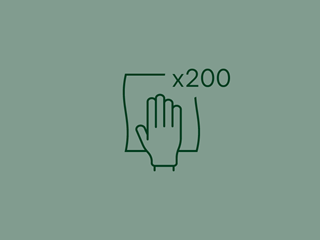
Zur Sicherstellung der Oberflächenbeständigkeit nach häufiger Reinigung werden spezifische Ecophon-Produkte nach ISO 11998:2006 bewertet.
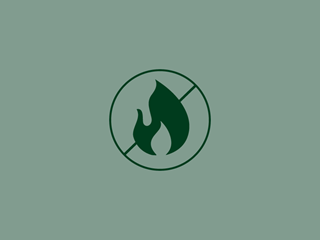
Brandschutzanforderungen an abgehängte Decken, Brandschutznachweise sowie Brandtests und Klassifizierung von Produkten.
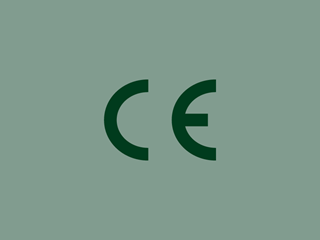
Ecophon Deckensysteme sind CE-gekennzeichnet gemäß der europäischen Norm EN13964:2014.

Einige spezielle Ecophon-Produkte wurden entwickelt, um der Verwendung gängiger Reinigungs- und Desinfektionsmittel standzuhalten.
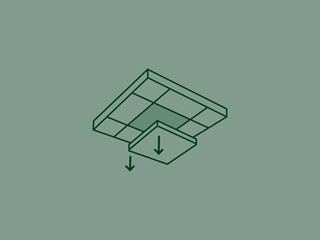
Ecophon bietet Deckensysteme mit voller Demontierbarkeit, auch bei verdeckter Aufhängung.

Die Deckenhersteller müssen sicherstellen, dass die Deckenplatten über eine ausreichende Festigkeit verfügen, um nach der Installation ihr Eigengewicht und möglicherweise eine zusätzliche punktuelle/lineare/verteilte Last zu tragen.

Alle Ecophon Connect Unterkonstruktionen und Zubehörteile sind für Umgebungen der Klasse C1 dieser Norm geeignet. Bestimmte Produkte erfüllen höhere Anforderungen der Norm (C3 und/oder C4).
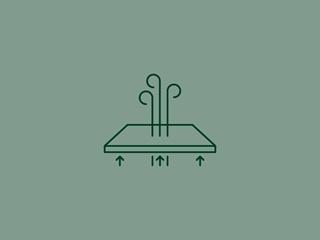
Einige Bereiche, wie z.B. Reinräume, erfordern eine Regelung des Raumluftdrucks.
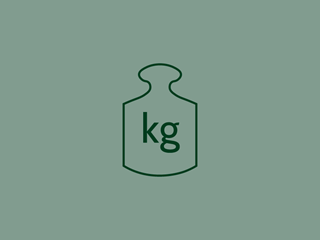
Hier finden Sie alle Informationen zu den mechanischen Eigenschaften, inklusive der Tragfähigkeit und allgemeiner Richtlinien zu unseren Akustikdecken und Unterkonstruktionen.

Visuelle Gestaltung und Licht haben einen großen Einfluss auf das Gesamtbild eines Raumes.

Der VOC-Gehalt von Ecophon-Produkten wird von externen Labors in Übereinstimmung mit europäischen Vorschriften getestet.

Reinigungsmethoden für Ecophon-Systeme und was zu beachten ist, um unnötige Verschmutzungen zu vermeiden.
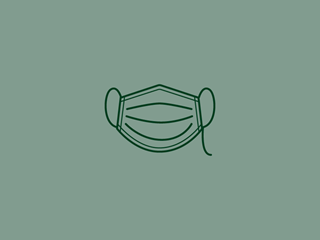
Alle Ecophon Hygiene™ Produkte sind nach ISO 14644-1:2015 (Klassifizierung der Luftreinheit anhand der Partikelkonzentration) klassifiziert, um die Reinraumtauglichkeit in Bezug auf die Anzahl der in der Luft befindlichen Partikel zu gewährleisten.

Ecophon-Produkte werden auf ihre Eignung als natürliches Nährmedium für Schimmel und Bakterien hin überprüft.
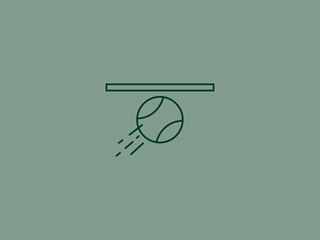
Die Schlagfestigkeit von Ecophon Produkten wird gemäß EN 13964:2014 (für Deckenelemente) und DIN 18032-3 (für Wandpaneele) geprüft.

Das Zusammenspiel von Akustik und Thermik.

Lebenszyklusanalysen von Ecophon-Produkten werden in Anlehnung an ISO 14040 durchgeführt und geben einen transparenten Überblick über unsere Umweltauswirkungen.